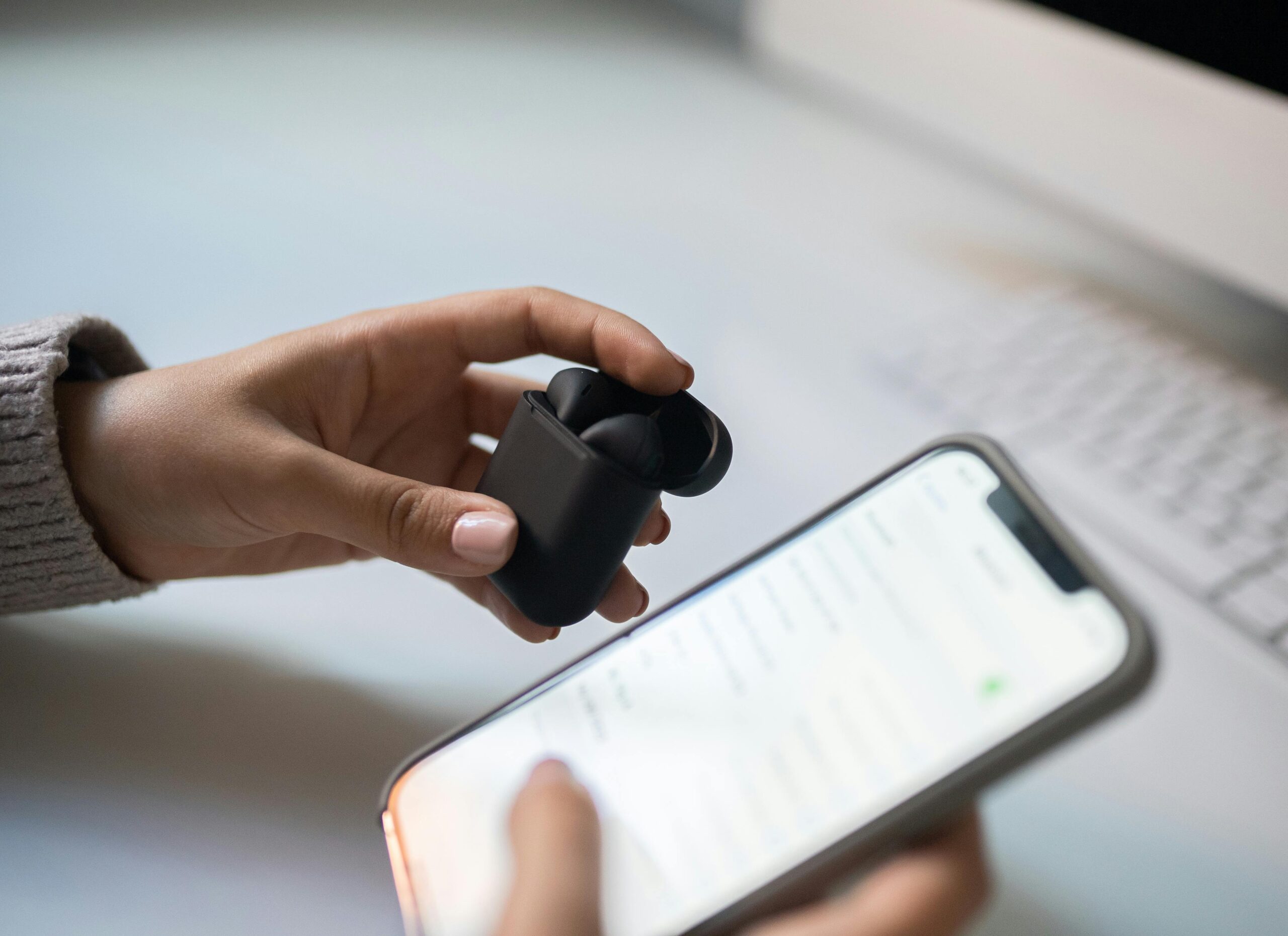Introduction: Bluetooth Is No Longer Just a Convenience—It’s a Backdoor
In 2025, mobile privacy attacks have evolved beyond spyware, malware, and phishing. One of the stealthiest threats today is something few users are even aware of: “Ghost Bluetooth Pairing.”
These attacks involve malicious Bluetooth-enabled devices in public spaces that secretly attempt to pair with your phone without your knowledge—often succeeding thanks to vulnerabilities in Android and iOS’s passive scan modes.
What Is a Ghost Bluetooth Device?
A Ghost Bluetooth device is a spoofed wireless object—like a speaker, fitness tracker, or public terminal—that’s been modified to:
- Impersonate trusted devices
- Exploit zero-click pairing bugs
- Stay hidden from device name lists
- Bypass user prompts on vulnerable phones
Once connected, these devices can read notifications, access contacts, or initiate file transfers silently if permissions are auto-granted or manipulated.
The 2025 Surge: Ghost Pairing by the Numbers
According to a joint cybersecurity report by ThreatSense and BlueWatch Labs:
- Over 73,000 ghost pairing attempts were recorded in Q1 2025 across major metro areas.
- Android phones were 3x more vulnerable than iPhones due to legacy Bluetooth stacks.
- 18% of attacks occurred while phones were in locked state but with Bluetooth left on.
How These Attacks Work (Step-by-Step)
- Spoofing: Attacker sets up a Raspberry Pi or microcontroller to mimic a trusted Bluetooth device like “AirPods” or “Car Audio.”
- Passive Discovery: Your phone detects the device while Bluetooth is enabled, even in your pocket.
- Background Pairing Attempt: Exploits a known flaw in either Android’s Fast Pair or iOS’s proximity detection layer.
- Permission Injection: Sends silent notification access requests or attempts to initiate file requests that mimic app behavior.
- Payload Delivery: In advanced cases, malicious files, payloads, or command signals are sent.
Public Places Are Now Hot Zones
Bluetooth pairing attacks have been detected in:
- Airports & train stations
- Coffee shops
- Rideshare cars
- Hotel lobbies
- Smart gyms and digital lockers
Even some “interactive art installations” and fake kiosks have been used as ghost attack lures.
iOS vs Android: Who’s More Secure?
| Feature | Android 13–15 | iOS 17–18 |
|---|---|---|
| Auto Pairing Protection | Inconsistent (depends on OEM) | More strict (but not foolproof) |
| Ghost Device Detection | Rare, needs third-party apps | Limited built-in logging |
| Notification Access Warning | Optional | Default enabled |
| Firmware Exploit Patches | Delayed in low-end devices | Faster via global updates |
Real Case: The “Smart Bench” Attack in London
In March 2025, multiple users reported strange notifications and unexpected file downloads after charging phones at solar-powered smart benches in Central London. Investigations revealed that the benches had hidden Bluetooth spoofers that attempted to pair with nearby phones and access notification previews.
How to Detect a Ghost Pairing Attack
- Your phone connects to an unknown Bluetooth device without prompt
- You receive file download notifications you didn’t trigger
- You see weird device names like “Car_123″ or “HiddenPod“
- Battery drains faster while idle
- Bluetooth keeps re-enabling after manual shutdown
Tips to Defend Against Ghost Bluetooth Threats
- Turn off Bluetooth when not in use
- Disable auto-pairing or “trusted device suggestions”
- Block new device pairing unless approved manually
- Use Bluetooth firewalls or permission managers
- Keep OS and firmware updated (especially OEM-patched Android)
- Check your paired device history weekly
- Use a privacy screen or Faraday pouch in high-risk areas
FAQs
Q: Can Ghost Devices steal my personal files?
A: If improperly paired, yes—they can request media or clipboard data.
Q: Is iOS completely safe from this?
A: No, although Apple devices are more locked down, zero-click flaws still exist, especially near jailbroken devices.
Q: Do AirDrop or Nearby Share increase this risk?
A: Yes. Any file-sharing service using Bluetooth or Wi-Fi Direct adds another attack surface.
Why Ghost Pairing Will Be One of 2025’s Top Mobile Threats
This attack is:
- Silent: No clicks or taps needed
- Mobile: Doesn’t require malware installation
- Mass-deployable: Easily hidden in public spaces
- Hard to trace: Logs are minimal unless you’re running custom detection software
As more smart cities, smart gyms, and smart transit systems emerge, Bluetooth pairing will become the next battleground in mobile privacy attacks.
Final Thoughts: Disable, Detect, Defend
Ghost Bluetooth devices show us how convenience can be a curse. The very feature designed to make our lives easier—seamless pairing—is now a backdoor for data theft and surveillance.
In the war for mobile privacy, Bluetooth may be your weakest link. Keep it locked down, or risk becoming an invisible victim in an offline attack.



